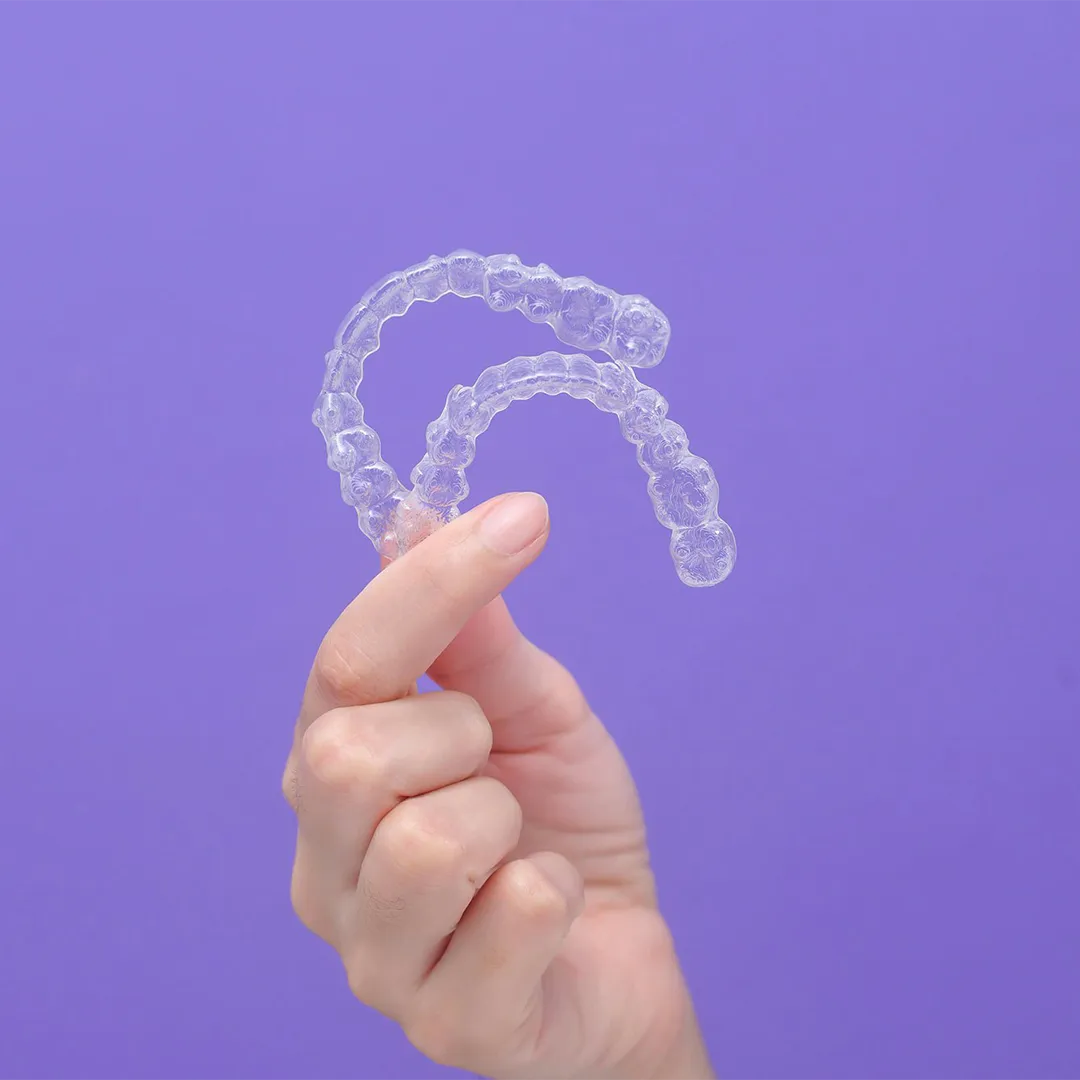When people think about orthodontic treatment, braces or clear aligners usually come to mind first. These tools do the heavy lifting—gradually straightening teeth and correcting bite issues over time. But what happens after the braces come off? That’s where retainers come in—and they’re every bit as important.
Whether you’ve recently completed treatment or are just starting your orthodontic journey, understanding the role of retainers is key to protecting your investment and maintaining long-term results. In this guide, we’ll break down why retainers matter, how they work, and what you can do to ensure your smile stays straight for years to come.
Why Are Retainers Necessary After Braces or Invisalign?
Orthodontic treatment moves your teeth into new positions—but that’s not the end of the process. Once your braces are removed or your last set of aligners is finished, your teeth are still settling into their new alignment. Without support, they can shift right back to where they started.
Retainers do the critical job of holding your teeth in place while your bone and soft tissue adjust to the changes. This process is called retention, and it’s essential for keeping your smile straight and stable over time.
Without a retainer, it’s common for teeth to shift—even after years of treatment.
What Happens If You Don’t Wear a Retainer?
Skipping your retainer (or not wearing it as recommended) can lead to:
- Tooth movement — Even small shifts can affect the appearance of your smile
- Bite changes — Improper alignment can return, leading to discomfort or jaw strain
- Gaps or crowding — Teeth can drift back to their original positions
- The need for retreatment — In some cases, treatment may need to be restarted
Consistent retainer wear is the easiest way to protect the time, money, and effort you invested in your smile.
Types of Retainers and How They Work
There are two main categories of retainers: removable and fixed. Your orthodontist will recommend the best option based on your treatment plan and preferences.
Removable Retainers
These retainers are custom-made and can be taken out for eating, drinking, brushing, and flossing. Common types include:
- Hawley retainers — Made of acrylic and a metal wire that wraps around the front of your teeth
- Clear retainers — Similar in appearance to Invisalign, these are discreet and molded to fit your teeth perfectly
Removable retainers are great for patients who are responsible with wear and care. They also make hygiene and maintenance easy.
Fixed (Permanent) Retainers
These are thin wires bonded to the back of your front teeth—typically on the lower arch. You can’t remove them, which means they’re always working to maintain alignment.
Permanent retainers are ideal for patients who want a no-fuss solution or who are at high risk of relapse. However, they do require extra attention when brushing and flossing.
How Long Do You Have to Wear a Retainer?
Retention is a lifelong process. While your orthodontist may recommend wearing your retainer full-time for the first few months or year after treatment, most people eventually switch to nighttime wear indefinitely.
Every person’s needs are different, but general guidelines include:
- First 3–6 months — Wear full-time (22+ hours/day)
- After 6–12 months — Shift to nightly wear
- Long-term — Continue wearing at night to maintain alignment
Think of it like wearing a seatbelt for your smile—it’s a simple habit that protects you every day.
How to Care for Your Retainer
To keep your retainer clean, effective, and long-lasting, follow these tips:
- Brush daily — Use a soft toothbrush and mild soap (avoid hot water)
- Rinse after removing — Prevent saliva buildup and bacteria growth
- Store properly — Always use the case when not wearing it
- Avoid damage — Keep away from heat, pets, and rough handling
- Replace if damaged — Cracks or warping can affect fit and effectiveness
Just like any orthodontic appliance, good care leads to better results.
Can You Replace a Lost or Broken Retainer?
Yes—and you should do it as soon as possible. If your retainer is lost, broken, or no longer fits, contact your orthodontist right away. The longer you go without wearing it, the more likely your teeth are to shift.
It’s a smart idea to keep a backup retainer (if offered), especially if you travel frequently or have a busy schedule.
Retainers for Teens vs. Adults
Both teens and adults benefit from consistent retainer use, but the timing and challenges can vary:
- Teens — Still growing, so long-term retention is crucial as the jaw continues to develop
- Adults — May have more stable bone structure but are still at risk for shifting, especially after years of dental wear or missing teeth
No matter your age, wearing a retainer is the best way to ensure your smile stays aligned.
Retainers Are the Final Step—But Just as Important
It’s easy to celebrate the end of braces or aligners as the finish line—but in reality, it’s just the beginning of a new phase. Retainers protect the hard work you’ve already done. Without them, your smile is at risk of relapse.
By committing to long-term retention, you’re ensuring that your orthodontic results last a lifetime.
Need Help with Retainers in Nashville?
At Avenue South Orthodontics in Nashville, we’re here to guide you through every stage of your smile journey—from braces to retainers and beyond. Whether you need a new appliance, a replacement, or advice on care, our friendly team is here to help.
Schedule a consultation today and keep your smile looking its best for years to come.
